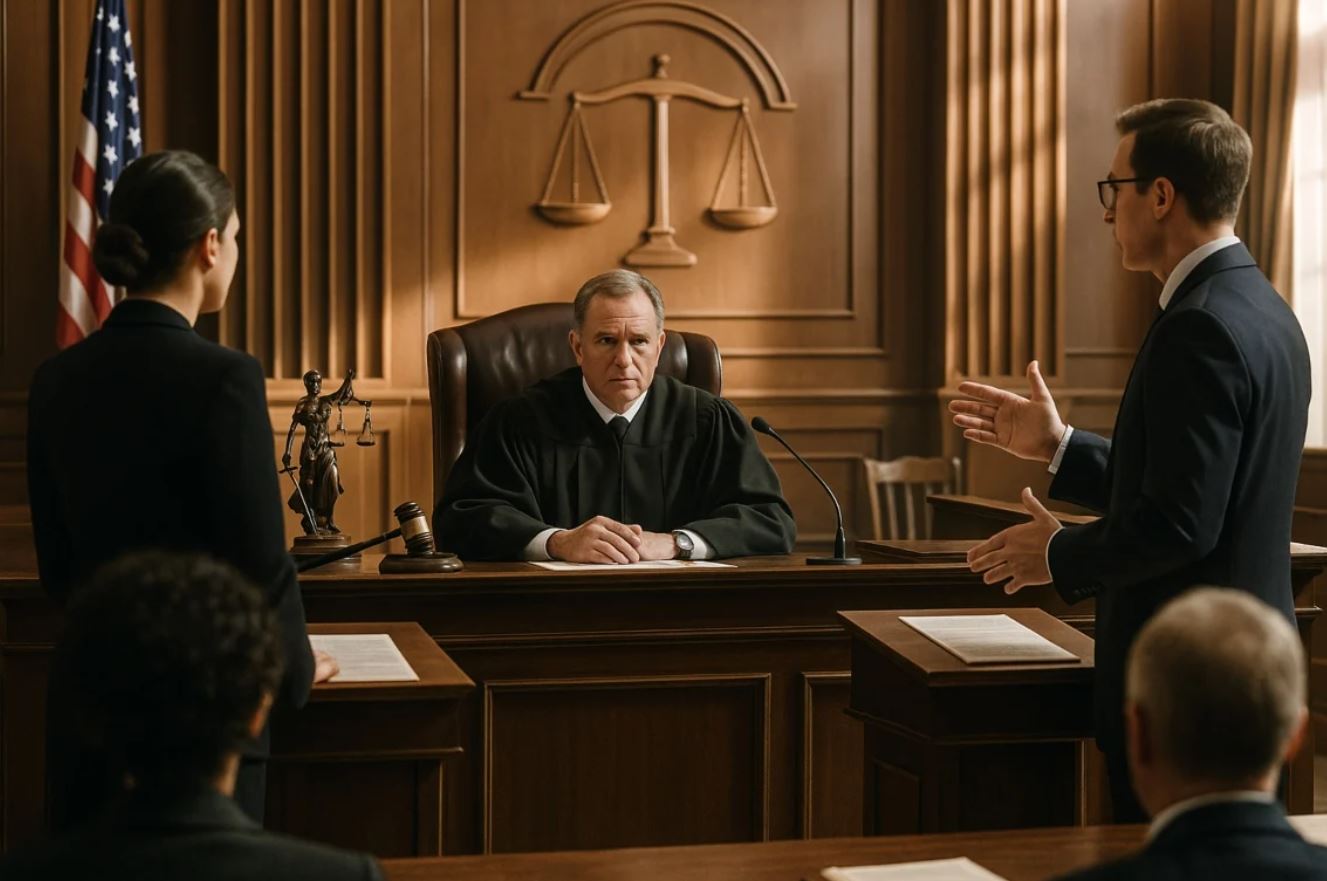 This week in London, a key copyright trial kicked off, setting Getty Images and Stability AI at odds over the use of copyrighted photos. Getty accuses Stability AI of training its image generator, Stable Diffusion, on thousands of its own images—a move they label as a “brazen infringement” that blurs ethical lines in AI development.
This week in London, a key copyright trial kicked off, setting Getty Images and Stability AI at odds over the use of copyrighted photos. Getty accuses Stability AI of training its image generator, Stable Diffusion, on thousands of its own images—a move they label as a “brazen infringement” that blurs ethical lines in AI development.
Stability AI argues that this legal battle isn’t just about one company’s photos—it could reshape the entire AI sector. They claim that the lawsuit risks stifling a technology that’s rapidly evolving, while Getty insists that protecting intellectual property doesn’t have to come at the expense of innovation.
Evidence shown in court includes instances where Stable Diffusion recreated images still bearing the familiar Getty watermark. This has sparked worries over how the data is treated, with Getty likening the practice to carelessly slapping its trademark on work without permission.
Lindsay Lane KC, speaking for Getty, made it clear that while AI can deliver vast benefits, it must operate within the boundaries of copyright law. This stance is particularly important for Getty, which represents nearly 600,000 photographers and content creators worldwide.
Notable works by photographers such as Gregory Shamus and Andreas Rentz have become focal points in the trial. Both parties have submitted a staggering 78,000 pages of evidence, and expert testimony is expected to play a crucial role as the case unfolds. Meanwhile, similar litigation is moving forward in the United States, with the London trial set to wrap up in about three weeks before a final ruling is issued.
Adding fuel to the fire, Getty has alleged that Stability AI’s data set might have included child sexual abuse material—a charge that Stability’s defence firmly denies, stressing its commitment to safety and misuse prevention.
Getty’s CEO, Craig Peters, has emphasised the significant financial commitment backing the lawsuit, underlining its critical importance to the company’s future. On the flip side, Stability AI views the legal move as an unnecessary hurdle that could threaten their approach to technological advancement.








